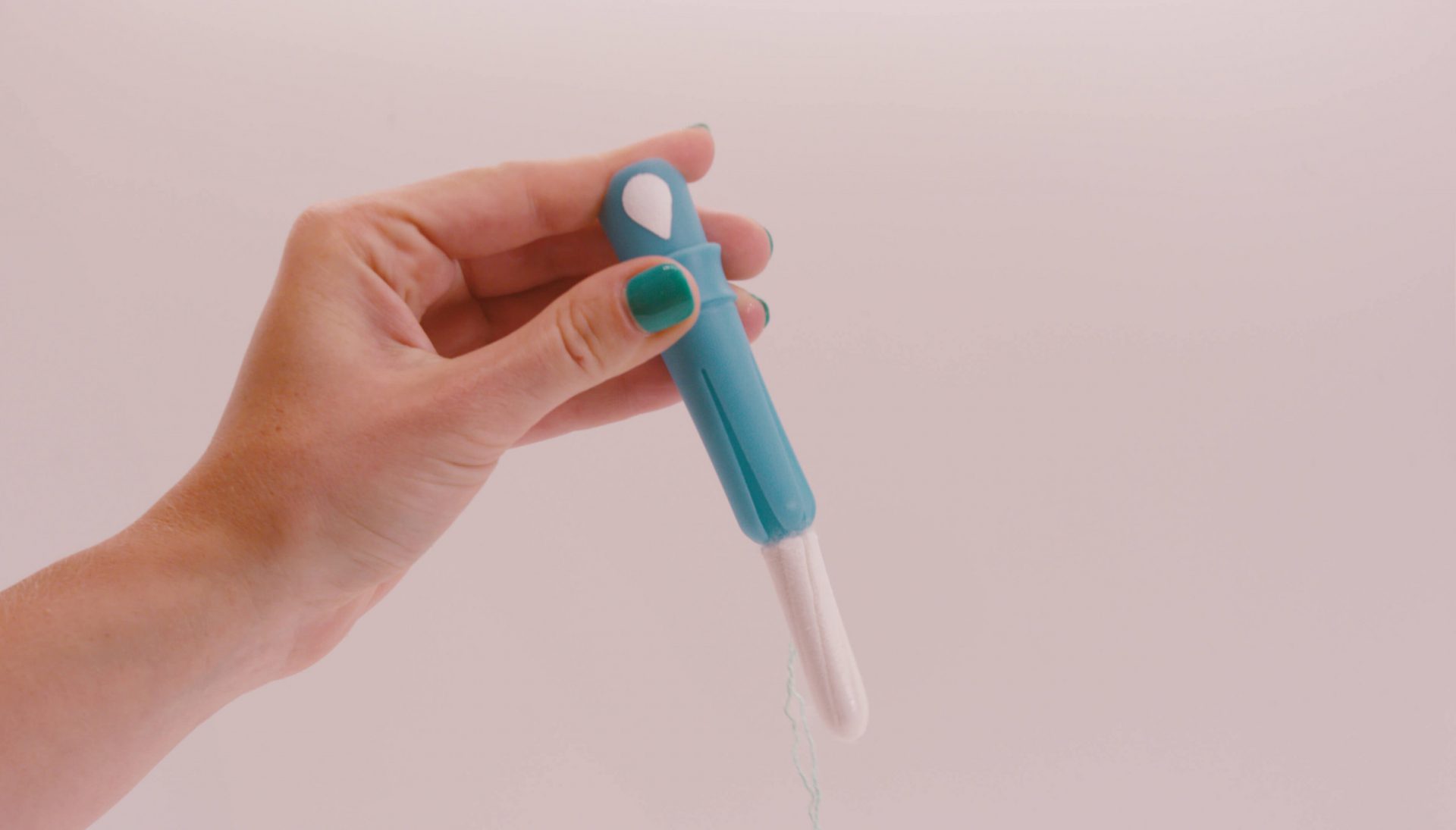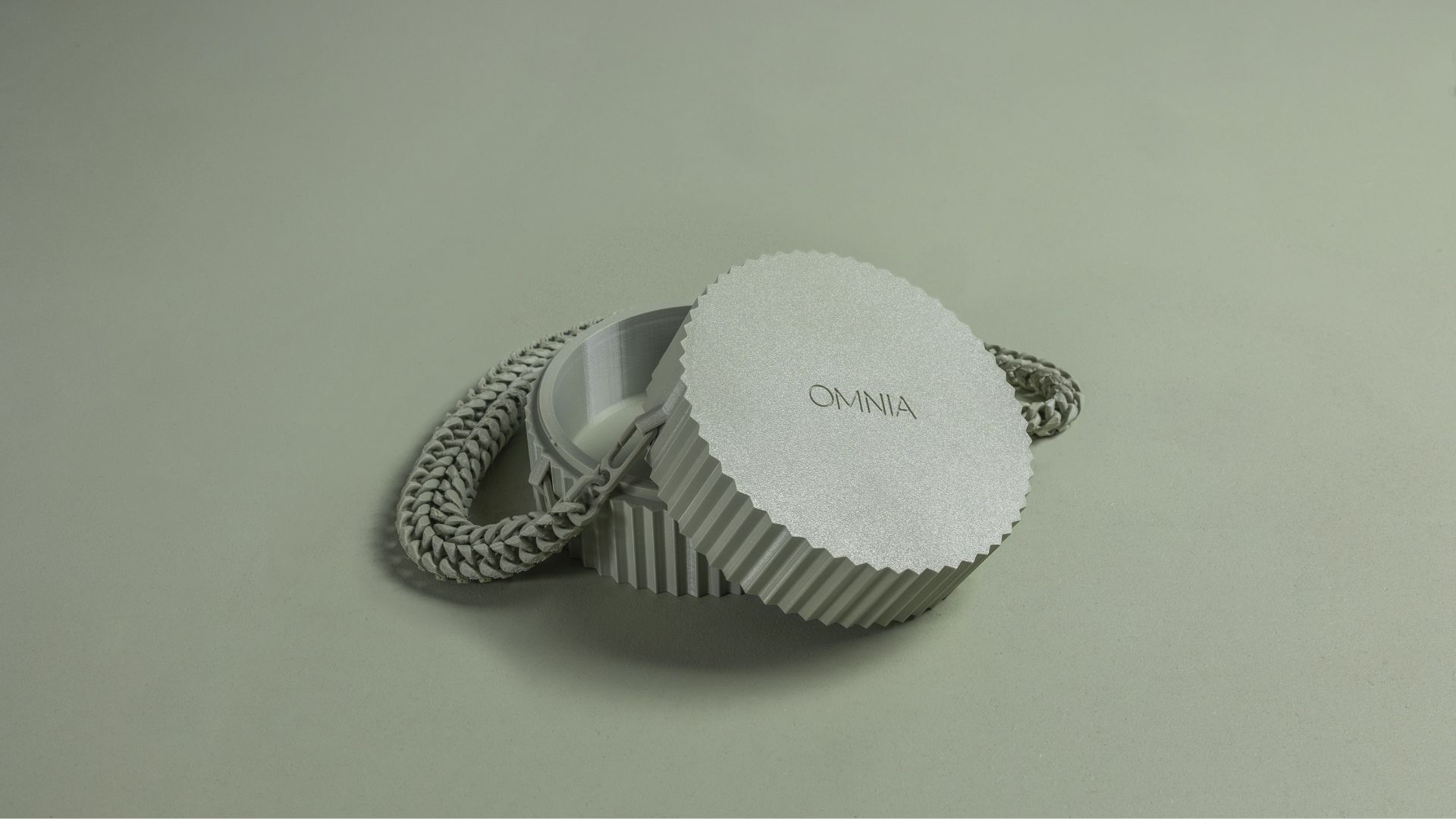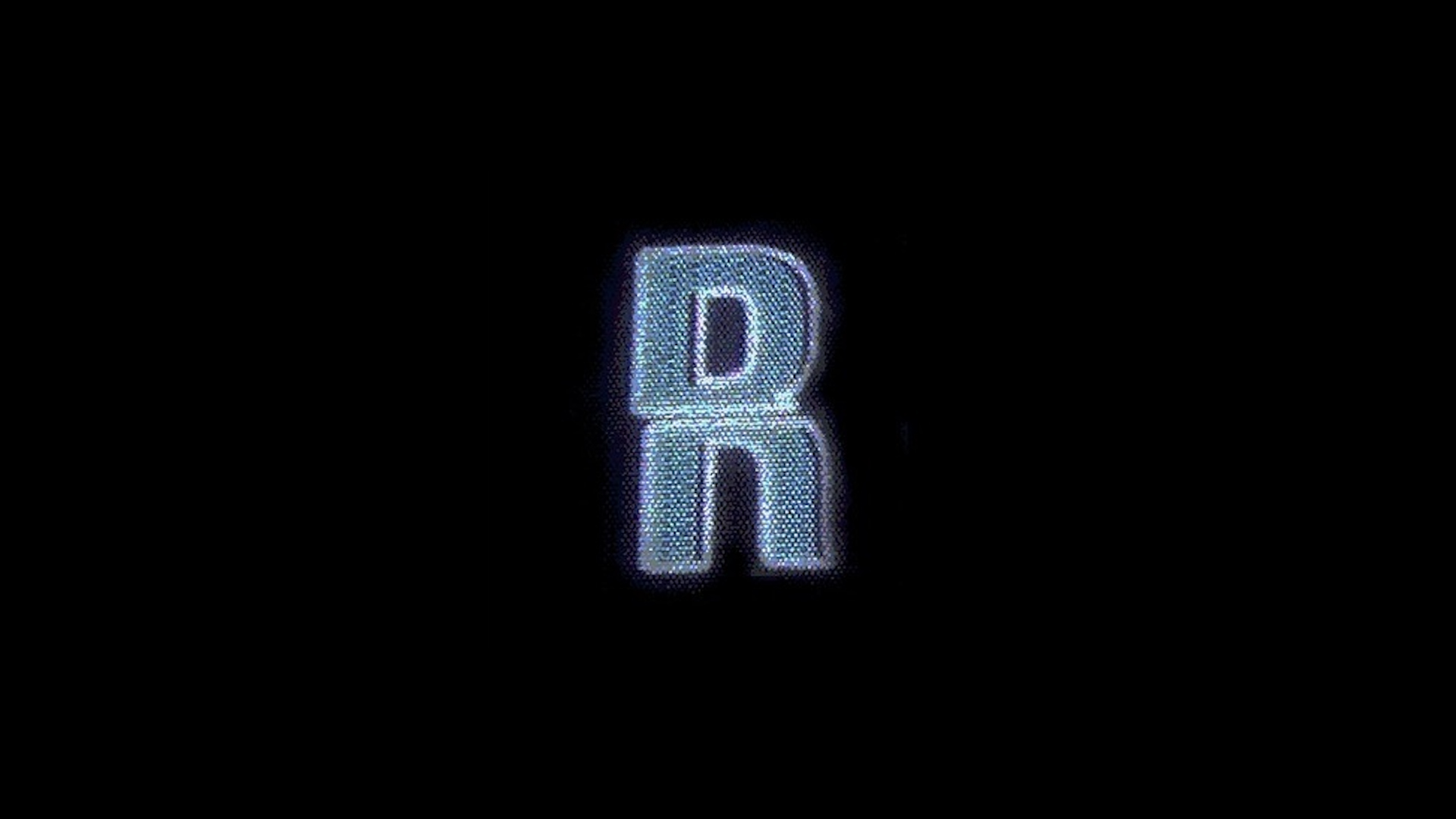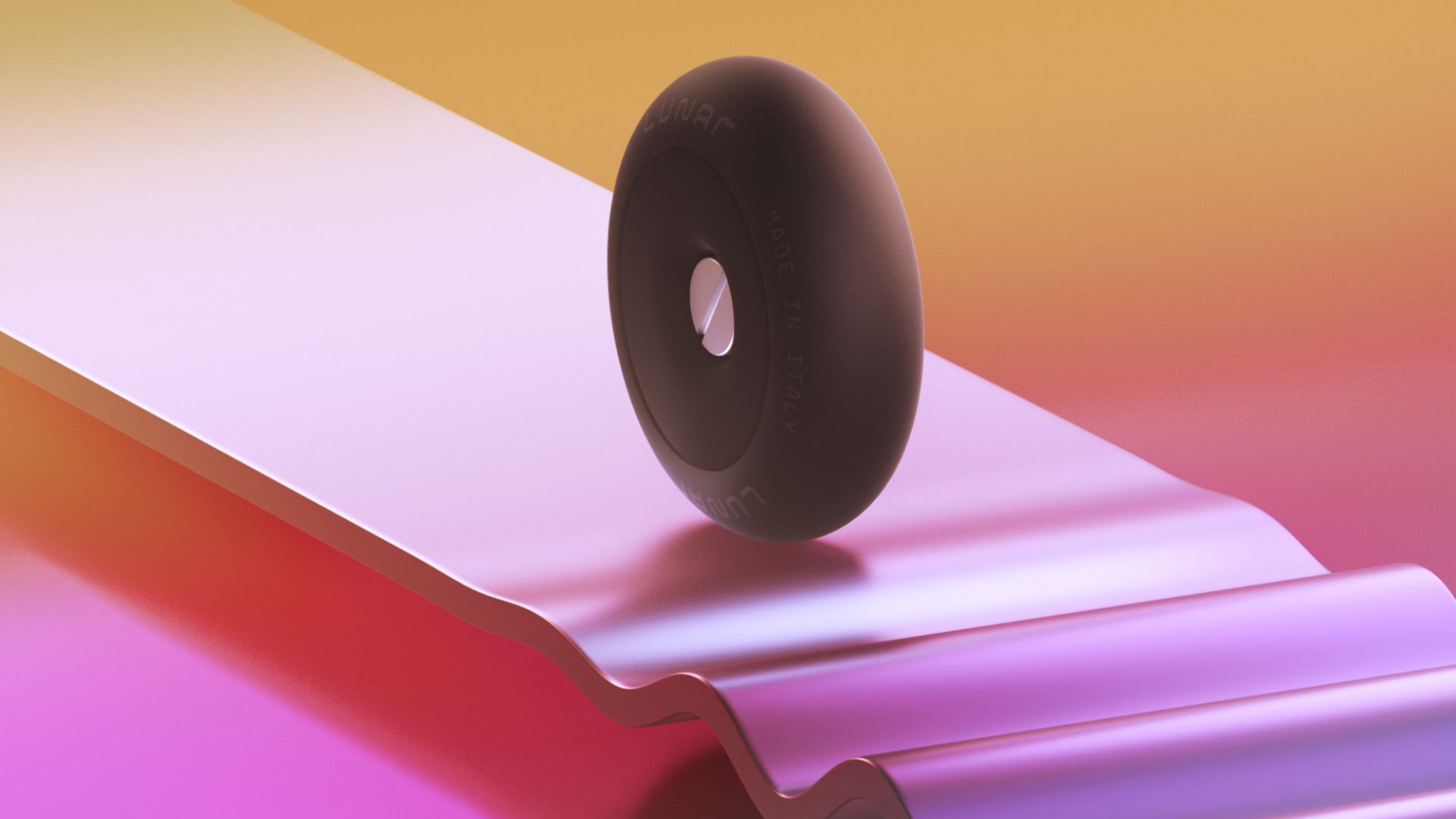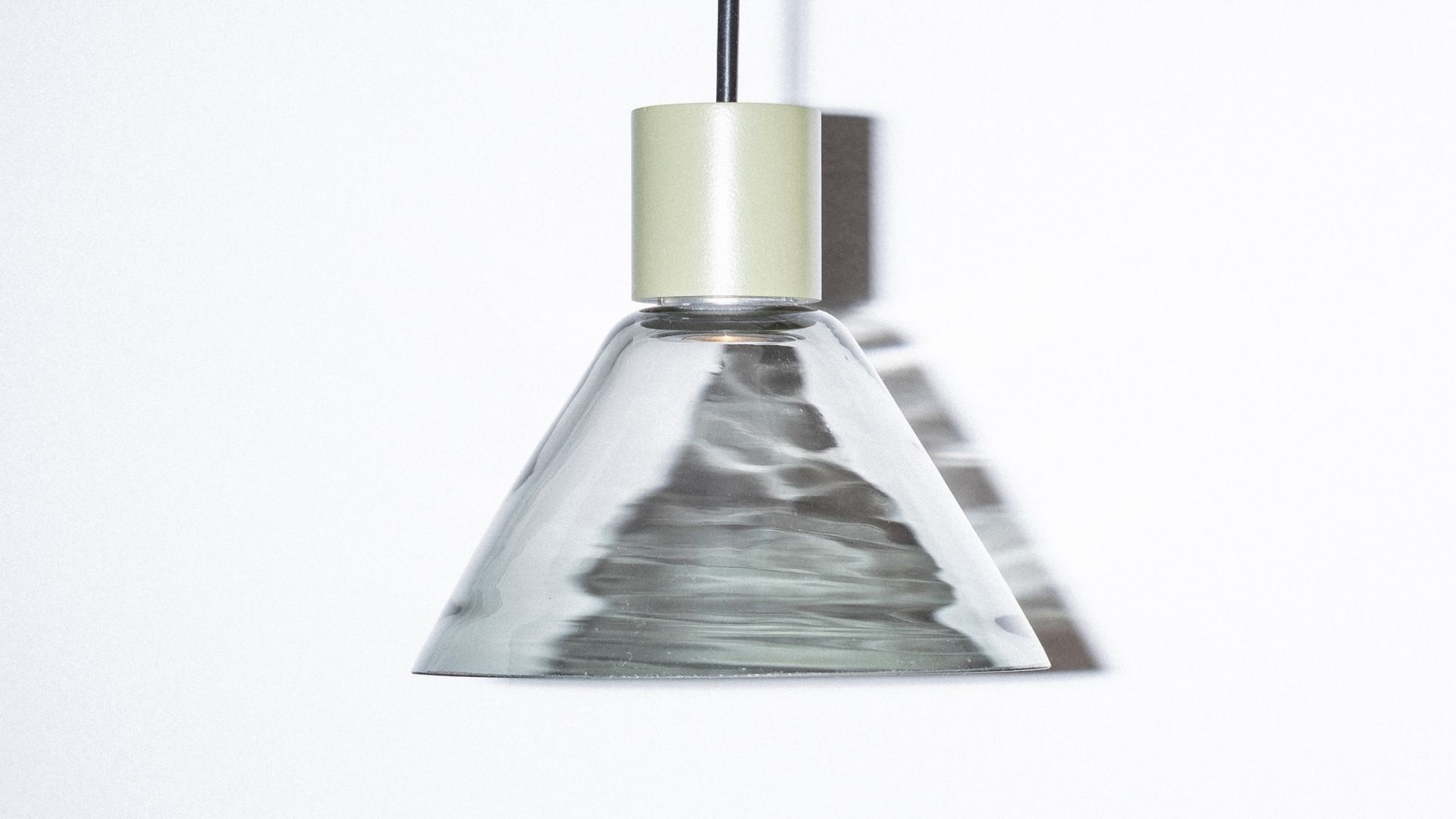From Brainstorming to Bodystorming: an applied ethnographic perspective to view co-creation workshops
This article is to share part of the three-month course learning and process and the project is to explore the interactions

This fall semester, I am lucky to take the Ethnography Research Method 12-unit course, a Massachusetts Institute of Technology (MIT) graduate course (course number: 21A.819), taught by Professor Graham M. Jones from the MIT Department of Anthropology.
It is an interesting opportunity for me to observe, prototype, refine, and discuss how to integrate the design thinking process with applied video-ethnography methodology to create a new way of conducting design research.
My experiment’s research topic is to explore and envision future financial planning toolkits and services for an aging population as a starting point to observe and document workshop participants’ verbal (content) information and non-verbal (behavior) data.
With the support and sponsorship from MIT AgeLab, we co-designed and facilitated four 60-minute participatory design workshops with eight senior designers across different disciplines.

We also want to make the research topic more concrete, easy to understand, and adaptable for our participants to explore the question: how might we envision future financial planning toolkits and services for an aging population as a starting point to observe and document participants’ verbal and non-verbal data?
This article is to share part of the three-month course learning and process and the project is to explore the interactions.
We focus on participants’ non-verbal behaviors, between two senior designers from different design expertise by discussing the following three questions:
- How do two designers collaborate and exchange ideas within a limited amount of time (approximately 45 minutes of making) and with restricted material resources (e.g., paper, Post-its)?
- How do two designers communicate through making paper prototypes?
- How do two designers assign, change, and refine different tasks and roles during the co-creation section?
1. Co-creation workshop and bodystorming
We defined a co-creation workshop as a field for the ethnographic study. Therefore, we redesigned the co-creation workshop to control the workshop theme, structure and flow, time (60 minutes), number of participants (two people per section), and documentation (Zoom cloud recording and interview transcribing, GoPro 360 camera, Sony Camera, and iPhone time-lapse).
Consistency of co-creation workshop facilitation can better help us analyze its result scientifically with structure.

The essence of a co-creation workshop is about participation, making, prototyping ideas, and teamwork. Therefore, the observation and analysis will be focused on participants’ communication and interaction to translate the ideas from 2-dimensional concepts to 3-dimensional prototypes.
We introduce the term bodystorming to help us describe participants’ body language to conclude the things we want to observe during co-creation workshops.
There are various ways to conduct bodystorming with participants, but the intention of bodystorming remains the same.
He, J., & Hsu, S. mentioned that in general, achieving the hypotheses goals, ideal design outcomes, or futurist scenarios by making participants experience product designs and services through participants’ physical bodies and other multi-sensorial experiences, including touch, smell, hearing, seeing, and talk.

We analyzed participants’ body language by breaking it down into five major identified items: 1) hand, 2) palm, 3) finger, 4) arm, and 5) upper body. We defined four observation criteria—A) distance, B) direction, C) movement, and D) angle—and applied them to analyze the five identified items.

2. Analogous examples of bodystorming
There are two relevant case studies about bodystorming. In 1960, the founder of McDonald’s wanted to optimize the flow of back-of-house operations to enhance the revenue of the business to make the fast-food industry faster, and more efficient and effective.
The founder with a few employees repurposed a tennis court by using chalk to draw out the floorplan of the kitchen area to pretend that they were making burgers and delivering them to customers.

In 2015, IDEO collaborated with Lufthansa to redesign their long-haul business-class service. One of the prototyping approaches was using chairs to create the in-flight seating experience. Designers, researchers, and clients arranged different layouts of the space easily and quickly simply by moving chairs around to discuss the user experience at a relatively low cost both in time and materials.

In addition, Murphy discussed the concept of collaborative imaging to explore the relationship between 1) talk, 2) gestures, and 3) material objects in the field of architectural practice, which raised my interest in other purposes and applications of using bodystorming to other field of studies. Murphy published the research on Semiotica in 2005.

3. Experiment overview and flow analysis
We recruited eight interviewees from various design backgrounds—industrial design, communication design, interaction design, branding, and business—and we paired them into four teams to participate in an approximately 60-minute co-creation workshop at MIT AgeLab providing accessible prototyping materials: letter-size paper, Post-its, scissors, cutting mat, and foam core board.
For the experiment, we selected one team (Team 1) to observe the interaction between the two participants to observe how they collaborate to co-create concepts and transfer ideas.
We considered Team 1 as the suitable team being observed and analyzed, since Team 1 has a more complete co-creation process demonstrating the stages of inspiration, ideation, and implementation.
In analysis, we focus not only on the content of the conversation (audio and transcripts) from both participants, but also their collaboration (video and screenshot) to transfer ideas to each other.
We marked the key timestamps in ATALAS.ti by capturing 57 screenshots as visual analysis evidence to decompose the participants’ behavior.
4. Key learnings and considerations for co-creation workshop
After analyzing and synthesizing the Team 1 video, we proposed five key learnings observed by the first-hand field research (co-creation workshop) to help us better understand how to productively, precisely, and creatively facilitate two-person interactions within a 60-minute co-creation workshop to bring their ideas to life.
Learning 1—The image of self and the intention of collaboration can be projected through body language including the gesture of hands, palms, fingers, arms, and upper bodies.
One obvious finding is that participants naturally use their body language to amplify the points they want to make. We decomposed the term body language by studying participants’ gestures and movements, including those using hands, palms, fingers, arms, and upper body (Figure 8).

It is interesting to see how participants project themselves through five intensified items. In general, the movement and behavior change from the participants’ hands, palms, fingers, and upper bodies are very subtle, especially when we only observe and capture the interaction of the two from the video.
However, we can’t document the information only through video and audio since we cannot capture fragrance, room temperature, or team vibe through video recording.
Since all the observation notes and data are based on Team 1’s 60-minute co-creation session, for future study, we can compare the result with those of the rest of the three teams (Team 2, 3, and 4) to generalize research insights for future participatory sessions.

Learning 2—Paper (other prototyping material) is an accessible, tangible, and sharable medium of collaboration to shape ideas collectively at a relatively low cost.
We found that participants naturally used tangible material—paper, Post-its, and pens—as accessible media to shape some of the early concepts they had in mind.
Especially in the Team 1 video, we found that the two participants kept exchanging paper with written messages or concepts to transfer their knowledge physically.
In addition, the form of paper is cut, modified, or shaped to facilitate and move closer to their envisioned ideas or design solutions (Figure 10).

Obviously, one of the great outcomes is the paper prototype with the feature of visibility and tangibility that naturally enables participants to view it as an obvious prompt to provoke more discussions to challenge their solutions and open up the conversation to build on the top of each other’s ideas.
Learning 3—Participants use eye contact to transmit their self-confidence and exchange ideas; they read their collaborator’s eye contact and facial expression to receive their feedback, concerns, and thoughts.
We are interested in observing participants’ eye contact during the co-creation workshop (Figure 11). This is also relatively hard to capture, since the camera was set up on the side of participants’ working areas, which only recorded two-thirds of their faces.
We can still study some of it based on the video footage paired with their conversation and actions.
From the Team 1 video and audio, we saw that participants’ eye contact transmits a sense of self-confidence regarding their early-stage design solutions along with their body gestures (e.g., hands, palm, fingers, arms, and upper bodies) and paper prototype.
When they share their ideas enthusiastically and directly, they are not just looking at the physical artifact held in their hands; they interact with their collaborator first by looking at their eyes.
We viewed it as a sign of self-confidence, delight, and excitement of coming up with new ideas. It is another effective way to receive a collaborator’s facial expressions, concerns, or questions by reading their eye contact.

Learning 4—Participants’ tone of voice is not only about content discussion but also emotional expression.
Participants’ tone of voice is also relatively hard to capture and read, even though we successfully recorded their discussion to get the content correctly. The analysis of participants’ tone of voice will be better understood in the context of their conversation and interaction, which can easily build empathy around the scenarios.
Overall, the voice in terms of the volume, emotional expression, and contextual tone, is just like an emotional catalysis to foster the positive vibe of collaboration. In the Team 1 video, we found the collaboration vibe, but it is possible that it can also make the conversation less productive, or even worse if participants don’t align the goal and the mission with trust.
When the participants are prototyping, the way they express their message is to create a relatively safe condition that is conversational and accessible.
Surprisingly, we observe participants’ voices have clear ups and downs when they expressed the design intention and told stories to help build a seamless collaboration vibe in the space.
It is less about having a gentle voice and more about the expression that helps another collaborator be more empathetic and envision the scenarios that they co-created.
Learning 5. The need for more a shared co-creation desktop space naturally emerged between the two participants.
From the Team 1 video, we observe that an open and collaborative space naturally formed between two participants while making prototypes, using prototyping materials, sketching, and exchanging ideas (Figure 12).
The most frequently used materials and tools, such as letter-size paper, Post-it notes, tape, and scissors, were placed in the middle of the shared area, whereas the reference books, wooden blocks, and toys were moved aside to make more shared space in the middle.
Part of the reason is that the original seating and tables were not movable furniture and the room for the workshop was not spacious enough to move furniture around. For the participants, the shared space of the desktop area was under their control.
Unsurprisingly, through the co-creation process, we observed the need to create a sharable area between two people emerge as a critical condition to enable more effective collaboration.

5. Next Steps
This is a very early-stage study to understand the interaction and communication about co-creation between two participants from different design expertise. We suggested the following two area for further studies.
- Analyze the co-creation workshop result from the other three teams and compare them with Team 1 to discuss the advantage, disadvantages, and learnings to evaluate if we can generalize insights integrated into the five key learnings and scale and populate to more universal design principles of describing, facilitating, and enhancing people’s interaction, communication, and collaboration in the context of co-creation workshops.
- We can think about what other possible observation criteria (e.g., fragrance, room temperature, team vibe) and other measurable identified items (e.g., the movement of participant’s head) we can extend to make the matrix more comprehensive, applicable, and valuable to document participants’ interaction and behavior. Do we need to add extra identified items to better describe nonverbal behavior, such as facial expression, emotion, or mood? How do we describe and measure these new observation criteria beyond documenting them in the text, visuals, videos, and audios?
6. Discussion and Summary
Having analyzed participants’ interaction and bodystorming from the Team 1 co-creation workshop video, we came up with the five following key takeaways, which map back to our original research question: how we design better collaborative conditions, immersive interaction, and communication within teams to facilitate participants to work together seamlessly and productively and exchange ideas within a limited amount of time and limited material resources?
- Learning 1: The image of self and the intention of collaboration can be projected through body language including the gesture of hands, palms, fingers, arms, and upper bodies.
- Learning 2: Paper (and other prototyping material) is an accessible, tangible, and sharable medium of collaboration to shape ideas collectively at a relatively low cost.
- Learning 3: Participants use eye contact to transmit their self-confidence, exchange ideas, and read their collaborator’s eye contact and facial expressions to receive their feedback, concerns, and thoughts.
- Learning 4: Participants’ tone of voice is not only about discussing content but also about expressing emotional.
- Learning 5: The need to create a better shared co-creation desktop space naturally emerged between the two participants.
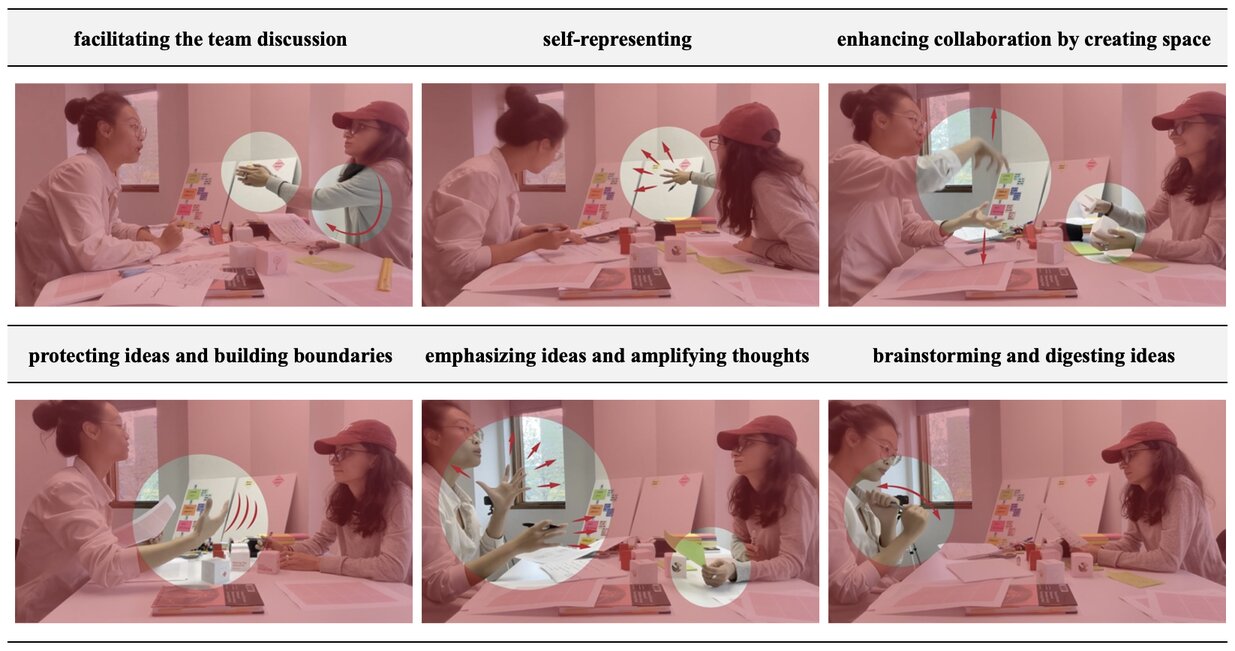
Generally speaking, the expectation of hosting and participating in a successful co-creation workshop should require and generate:
- Productive and effective team discussion
- Converging and diverging design process
- Tangible outcomes with invisible service or experience design considerations
Therefore, we think that deeply understanding participants’ interaction and communication under co-creation to explore their intention and motivation can empower us to consider how to move the co-creation workshop or similar participatory activities beyond only brainstorming (the stage of thinking and strategy) to bodystorming (the phase of making, creating, and prototyping), seamlessly integrating participants’ verbal and nonverbal behaviors.
Acknowledgment
Especially thank you to Professor Graham M. Jones’s guidance, Dr. Joseph F. Coughlin, Dr. Lisa D’Ambrosio, and Dr. Chaiwoo Lee’s mentorship, Professor Maria Yang’s suggestion, Lauren Cerino and Sophia Ashebir’s advice, and MIT AgeLab colleagues’ great support and trust. I also appreciate for all co-creation workshop participants: Saloni Bedi, Katie Chen, Qingyu Cai, Andrea Quiros-Balma, Manasi Vaidya, Eun ah Kim, Jen Shafer, and Akshita Goyal for their great encouragement and for giving me feedback to support me to keep working on the research topic.



